GUEST BLOGGER CARRIE A. PEARSON
Caricature: ˈker.ə.kə.tʃʊr – “exaggeration by means of often ludicrous distortion of parts or characteristics”
Have you heard of a princess who is an engineer and product developer? Or a computer expert? Or an entrepreneur? Likely not because the media feeds us a visual diet of princesses’ clothing and jewelry instead of their accomplishments and vision.
Defining people by a caricature and/or stereotype limits us all and narrows our worldview. I wrote REAL PRINCESSES CHANGE THE WORLD to bust open a ubiquitous caricature using STEM connections where possible to highlight the contradiction.
We can create a fresh perspective if we examine old, tired tropes and reimagine them in more realistic ways. We can look beyond caricatures and find new role models to explore a different way of writing about and thinking about people in our lives and beyond.
Picturing princesses
- Discuss princess characters students have seen in books and movies. Or use a Creative Commons image of princesses created by a media company. Use an anchor chart to capture the following:
- Describe their body types and sizes of their feet, hands, and other features. What are the colors of their skin and their approximate ages?
- What do those princesses do during the day?
- Describe the clothing those princesses wear. Does their clothing help or hinder their movement?
- Are those princesses real or imaginary?
Define caricature
- Discuss how the imaginary princess group is an example of caricature.
- Brainstorm and list which features and attributes of imaginary princesses are “exaggerated by a distortion of parts or characteristics?” Does this extend past visual caricature and into our belief of what they can accomplish?
- Consider the front and back covers of the book REAL PRINCESSES CHANGE THE WORLD.
- Describe the images of the women and girls featured on the book covers. Consider their body types and sizes of their hands, feet, or other body features. Look at the colors of their skin and guess their ages. Compare their clothing. Do these princesses look real or imagined?
- What might these people do during the day?
- Predict what this picture book will be about using the title and cover images.
What are REAL princesses doing?
Explore the contents of the book.
- Notice the STEM-aligned work real princesses are doing, such as Princess Abze Djigma (engineer, product developer), Princess Sikhanyiso Dlamini (computer and technology expert), and Princess Keisha Omilana (entrepreneur, businesswoman). What are the other princesses highlighted in the book choosing to accomplish?
- Create a T-graph of princesses showing “caricatures” on one side and “real” on the other. Consider ways to identify truth, representation, and realism in visual media.
Where else can we find caricatures?
Discuss other caricatures in books and movies, such as wolves with dripping fangs, scary, human-eating sharks, Prince Charming, and other males with oversized muscles. Keep a journal of caricature examples as students identify them in literature and media.
Featured image credit: “Royal Coronation Ceremony: Princesses Three – Aurora, Cinderella, and Belle” by armadillo444 is licensed under CC BY-NC 2.0.
Carrie A. Pearson (BA, early childhood education, University of Michigan) is a full-time word wrangler and literacy advocate. She served as a Regional Advisor for SCBWI-Michigan for a decade and is a member of the Steering Committee for the SCBWI Impact & Legacy Fund. Her nonfiction picture book releases in 2023 are REAL PRINCESSES CHANGE THE WORLD (Roaring Brook/Macmillan) and VIRGINIA WOULDN’T SLOW DOWN: THE UNSTOPPABLE DR. APGAR AND HER LIFE-SAVING INVENTION (Norton Young Readers/W.W. Norton, August 7th). Carrie would love to connect with you through her website, carriepearsonbooks.com, and on Instagram at carrieapearson.author.


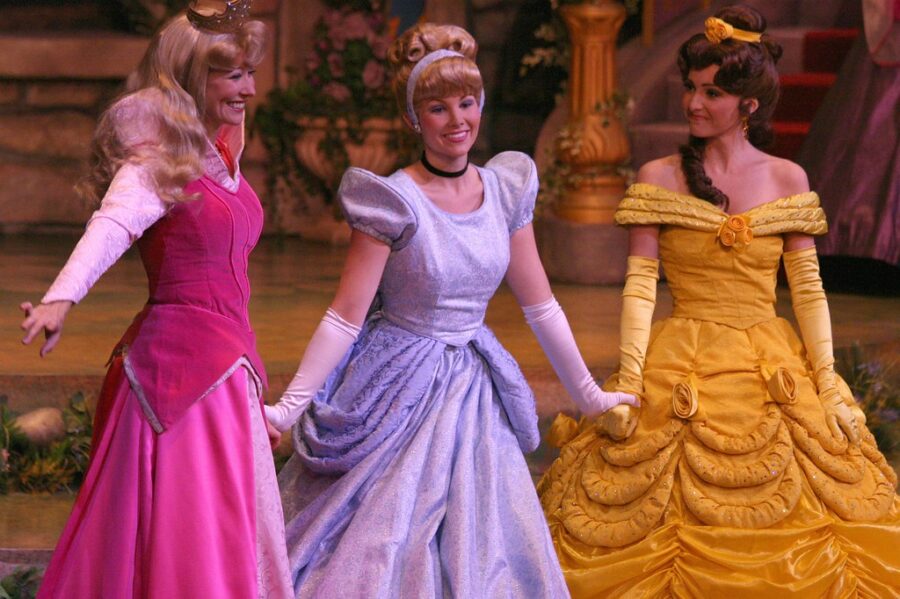

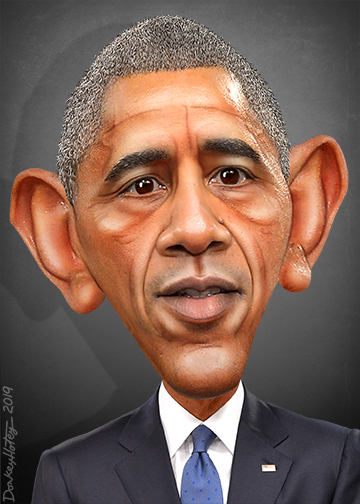
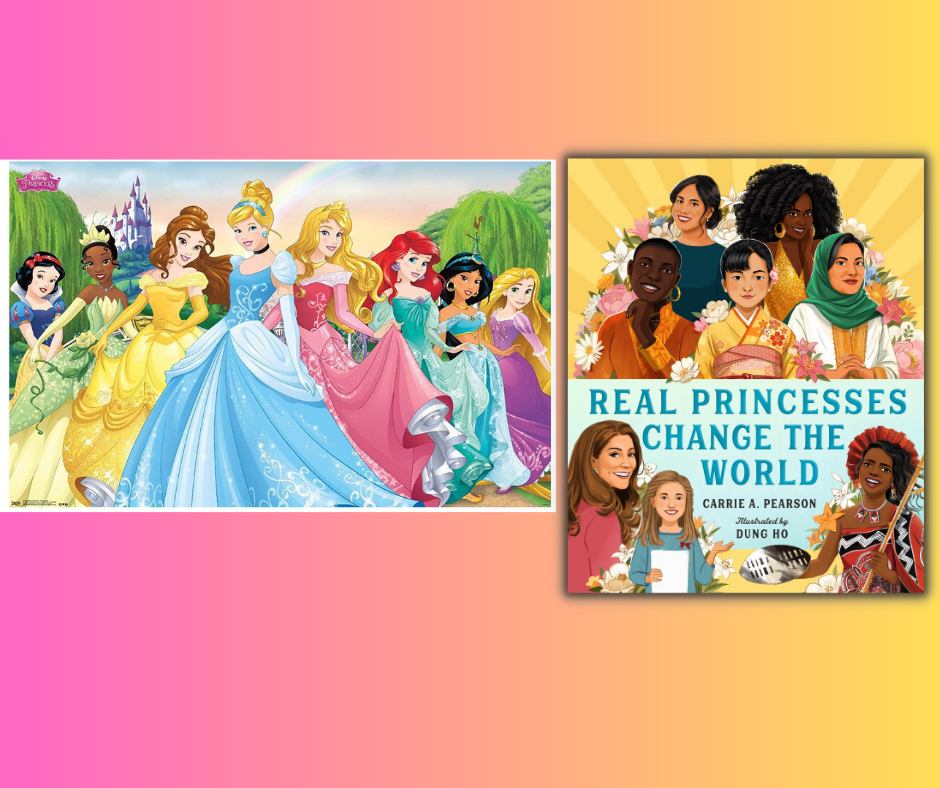


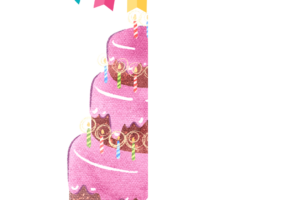
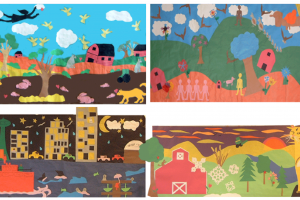


Leave a Reply
Your email is safe with me.